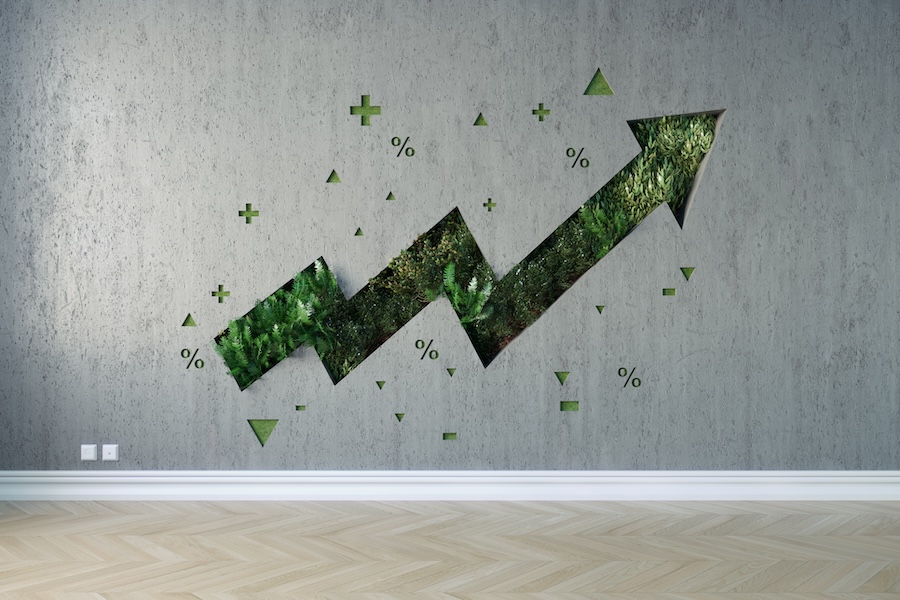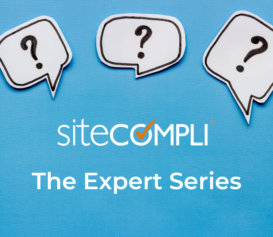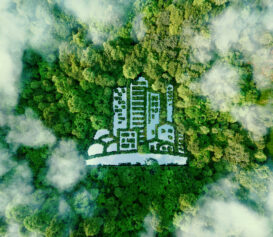The city recently announced several proposed rules for LL 97 filing requirements in advance of next year’s first filings, and one focused on adjusting the current requirements for LL 87 (EER) penalties. Here’s what you need to know:
Local Law 97 Filings
As we near the May 1, 2025 first filing deadline, more rules may start to come out for specific Local Law 97 requirements. Below are some of the most recent proposals for clarifications on key Local Law 97 details. As of late October, the comment periods have been extended to November 21st – you can comment on either using the specific links below until that date.
Emission Limit Calculation
Per the city, this proposed amendment will “provide greater specificity on how to comply with Article 320,” the rule that applies to many covered buildings (compared to Article 321, the Prescriptive List).
Specifically, the proposed amendments would:
- Establish a coefficient for calculating the emissions resulting from the use of certain biofuels
- Amend the equations for calculating the coefficient for campus-style electricity
- Establish a coefficient for certain co-generation systems
- Amend the equation for calculating deemed electric use for qualifying beneficial electrification, and;
- Set forth the type and amount of GHG offsets that may be used as a deduction from annual building emissions to achieve Local Law 97 (LL97) compliance
Regarding offsets specifically, here’s what the proposed rule focuses on:
The offsets that may be used for LL97 compliance are offsets generated by the New York City Affordable Housing Reinvestment Fund (AHRF). The AHRF is a fund established by the Department and the Department of Housing Preservation and Development (HPD), and administered by a third-party pursuant to a contract with the City. AHRF offsets are generated in connection with qualifying building electrification projects at affordable housing buildings in New York City pursuant to a methodology developed by HPD, which uses a deemed savings approach and assumptions vetted by an independent, qualified third-party to estimate the emissions reductions for such projects. AHRF offsets are the only offsets eligible for LL97 compliance because they are high-integrity offsets that reduce emissions from the built environment and result in environmental benefits in New York City, and are therefore the only offsets DOB recognizes as furthering the goals of LL97.
You can read the full text of the proposed rule here. As always, we recommend connecting with a trusted sustainability expert to understand how this will impact your property, and potential options and paths for Local Law 97 compliance.
Adjustment Eligibility & Process
This proposed rule establishes filing requirements for adjustment requests to emission limits – specifically “for buildings subject to a provision of law or affected by a physical condition that prevents compliance with the limits, or where the building owner is experiencing financial constraints.”
The full proposed text outlines which buildings are eligible to submit adjustment requests, and what information is needed for particular cases. After a version of this rule is adopted, it’s likely the DOB will provide more plain language details on their website.
Generally, there are specific requirements outlined for the following types of properties:
- Buildings owned by or leased to not-for-profit hospitals and healthcare facilities
- Buildings subject to a provision of law or affected by a physical condition
- Any granted adjustments here would expire on January 1 of the calendar year three years following the first year covered by the building’s adjustment
- Buildings constrained by finances
- Any granted adjustments here would expire on January 1 of the calendar year following the year covered by the building’s adjustment
Related Filing Fees
The final proposed rule for Local Law 97 covers fees for initial filings and other documents related to the law – including some for Local Law 88.
Here’s the proposed fee list:
- (LL 88) Filing fee for reporting required upgrades to lighting systems and required installation of electrical sub-meters pursuant to sections 28-310.2 and 28-311.5: $115
- (LL 97) “Simple” Reports: $210; “Complex” Reports: $615; Requests for Extensions: $60; Good Faith Efforts Report: $950
- (LL 97) Article 321 buildings: Compliance Report: $210; Mediated Resolution Reports: $800
- (LL 97) Requests for Adjustments/Constraints: External constraints: $3,540; Financial constraints for buildings under § 103- 12(c)(3) : $690; Financial constraints for buildings under § 103- 12(c)(4): $300
Local Law 87 Penalties
Another sustainability-related rule was proposed – this time for removing restrictions on filing LL 87 Energy Efficiency Reports when penalties are unpaid.
Now, owners are unable to file LL 87 reports (due once every 10 years for covered buildings) if fines related to failure to file said reports are unpaid. This new proposal nixes that restriction.
The DOB explains in the proposed text that while fines won’t go away or be waived in all cases, in the interest of compliance and the spirit of the law owners should be able to file reports regardless of unpaid LL 87 penalties. Specifically:
The removal of this provision does not remove the Department’s discretion to require satisfaction of all penalties, but allows the Department to support buildings working to achieve compliance rather than mandating the issuance of penalties. This approach allows for consistency in enforcement across DOB’s sustainability laws.
As a reminder, penalties here are pretty steep. Failing to file in the year it’s due (based on your block, and by Dec. 31st) is a $3,000 penalty, with subsequent annual $5,000 penalties for each year it remains unfiled. We’ll let you know if and when this officially goes into effect.
In Your Account
Covered buildings list requirements for both LL 97 and LL 87 can be found in your SiteCompli and InCheck accounts. Don’t hesitate to ask your Customer Success Manager if you have any questions about the above requirements, or you’d like more details on which properties in your portfolio are subject to either law.




